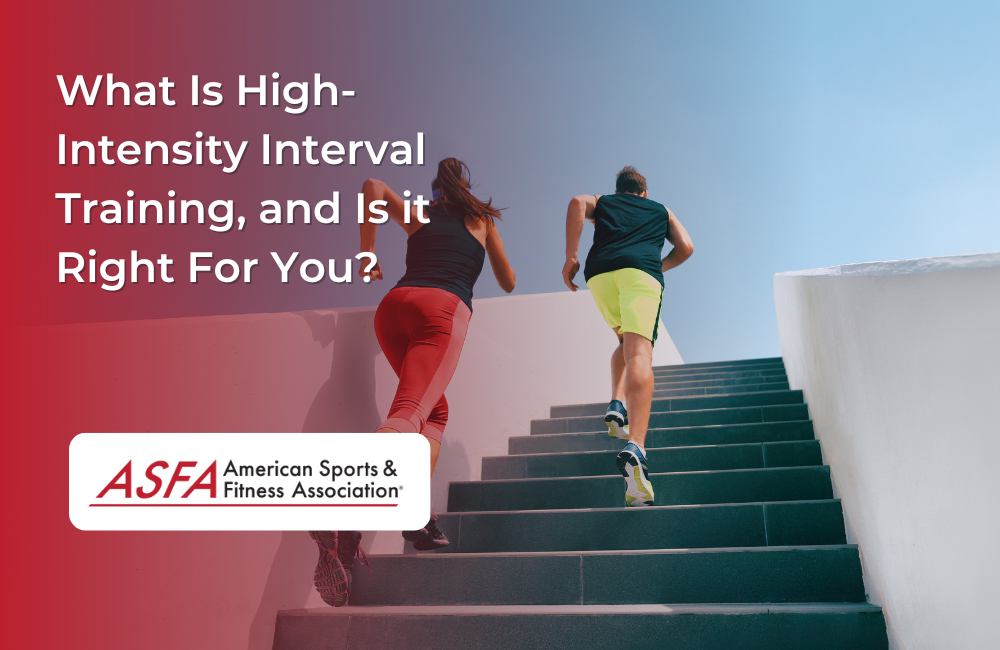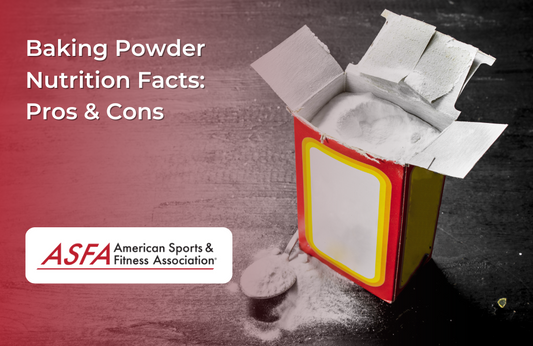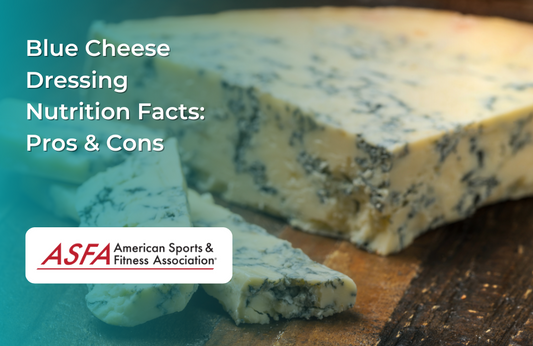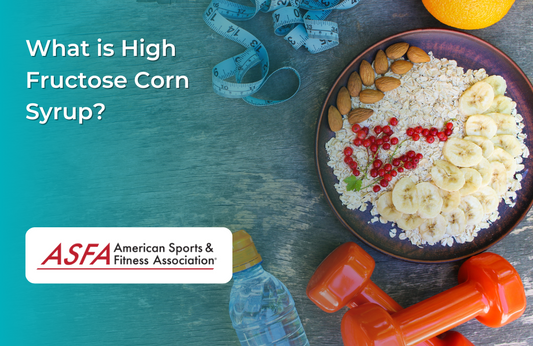High-intensity interval training is a form of cardio that alternates between short, maximum-intensity bursts and lower-intensity recovery periods. The benefits of HIIT include increased muscle mass, increased fat burning, and reduced body fat. If you're new to high-intensity workouts, it's important to understand the benefits and risks. The American College of Sports Medicine recommends 20 minutes of moderate-intensity physical activity most days. Research suggests that training increases maximal oxygen uptake (VO2 max) during the first 10 weeks but then plateaus. Most people can improve their workload by more than 100 percent during a four-week period. HIIT generally involves a shorter workout than traditional endurance training does, with fewer repetitions and shorter rest periods between each set or interval
High-intensity interval training (HIIT) is a form of cardio that alternates between short, maximum-intensity bursts and lower-intensity recovery periods.
HIIT is a form of cardio alternating between short, maximum-intensity bursts and lower-intensity recovery periods. This type of training has been shown to burn more calories than steady-state exercise because it keeps your body in an oxygen deficit for longer periods. It's also highly effective at improving athletic performance and overall health and can be done on nearly any cardio machine.
You can do HIIT on a treadmill or indoor bike (for example), but some people prefer to go outside to have more freedom with their movement patterns and speed, depending on their personal preferences. However you like to work out, here are some tips for getting started with high-intensity interval training:
The benefits of HIIT include increased muscle mass, increased fat burning, and reduced body fat.
HIIT is a great way to burn fat and increase your metabolism, which will help you lose weight. It can also improve cardiovascular fitness, increase muscle mass, and decrease body fat.
HIIT workouts are very intense, but they are short (usually around 20 minutes). You don't need to spend hours at the gym daily to see results!
HIIT workouts can be done anywhere and don't require any equipment. All you need is your body and some motivation! HIIT workouts are also very flexible, so you can modify them to suit your needs.
If you're new to high-intensity workouts, it's important to understand the risks.
While HIIT can have many benefits, it's important to understand the potential risks involved. One of the biggest risks is the potential for injury. Because HIIT involves high-intensity exercises, there is an increased risk of strains, sprains, and other injuries. This is especially true for beginners who may not be familiar with proper form and technique.
Another risk of HIIT is overtraining. Because HIIT is so intense, it can be easy to push yourself too hard and not give your body enough time to recover. This can lead to fatigue, decreased performance, and even injury.
HIIT can also be stressful on the body, particularly the cardiovascular system. This is because the high-intensity intervals can cause a rapid increase in heart rate and blood pressure. While this can be beneficial for cardiovascular health, it can also be dangerous for individuals with pre-existing heart conditions.
Finally, HIIT may not be suitable for everyone. Individuals with certain medical conditions, such as arthritis or joint problems, may find HIIT too intense and may be better suited for lower-impact exercises.
The American College of Sports Medicine recommends 20 minutes of moderate-intensity physical activity most days.
While this is a good starting point, you can increase it as you increase your fitness. If you're already doing HIIT workouts and want to add moderate-intensity exercise, that's also a great option!
You might be wondering how long your HIIT workout should last--and what counts as "high" intensity? High-intensity interval training (HIIT) involves short bursts of intense activity followed by periods of rest or low-intensity exercise. The specific duration depends on your fitness level: if you're new to exercise or haven't done much sprinting before, try 15 seconds at top speed; if you're already fit but not used to sprinting often, 30 seconds; for experienced athletes who regularly do high-intensity workouts such as functional fitness training or similar sports like soccer and basketball where running plays an important role in their performance--60 seconds would be appropriate since they have built up their cardiovascular systems over time through regular training sessions."
Research suggests that training increases maximal oxygen uptake (VO2 max) during the first 10 weeks but then plateaus.
VO2 max is a measure of the maximum amount of oxygen that your body can use during exercise. It's typically expressed as milliliters of oxygen per kilogram of body weight per minute (ml/kg/min), but you'll also see it in terms of milliliters per liter of blood or milliliters per minute. The higher your VO2 max, the more efficiently your muscles use oxygen to produce energy.
The increase in VO2 max is highest in the first 10 weeks of training and then plateaus, according to research published by Norwegian scientists in 2003.[1]
Source: University of Pittsburgh; May 1-3, 2015
These workouts aim to push your body past its normal limits. This type of training gets results because it increases your aerobic capacity, which means you'll be able to cycle longer distances before becoming tired. You may also notice that you can cycle faster after a high-intensity workout.
Most people can increase their workload by more than 100 percent during a four-week period.
If you are a beginner, starting by measuring your maximum heart rate is a good idea. To do this, you must determine your resting heart rate. This can be done by taking your pulse first thing in the morning before any activity or stress has occurred. You can also take it after waking up from a nap during the day if possible; make sure not to exercise within 30 minutes of taking this measurement!
Once you have determined what your resting heart rate is (the maximum number should be between 60 and 100 beats per minute), use this formula:
(220 - age) x 0.6 = Maximum Heart Rate (MHR). For example, if I am 40 years old, my MHR would be 180 beats per minute based on this formula:
(220 - 40) x 0.6 = 180
HIIT generally involves a shorter workout.
HIIT generally involves a shorter workout than traditional endurance training, with fewer repetitions and shorter rest periods between each set or interval. While you may think this would make it easier for beginners to get started with HIIT, the opposite is true. A typical HIIT session will be anywhere from 10 minutes to 45 minutes long--but only if you're really pushing yourself!
HIIT workouts typically last anywhere from 5-20 minutes. For example: if your goal is to run for 30 minutes, then your interval might be running for 15 seconds followed by 45 seconds of walking/jogging/etc. Repeat this pattern until you've reached 30 minutes of total time spent exercising (the sum of all intervals).
High-intensity workouts can improve your cardiovascular fitness as well as your metabolic health.
High-intensity workouts can improve your cardiovascular fitness as well as your metabolic health. This is because high-intensity exercise burns more calories than a lower-intensity workout, which means you'll burn more fat and gain muscle mass.
High-Intensity Cycling Workouts: What Are They?
High-intensity cycling workouts are designed to push the body past its limits, causing it to adapt by becoming stronger and faster than before. These exercises include sprints, and hill climbs at 90% or higher heart rate levels for 20 minutes or less at a time (depending on how fit you are).
Let's look at an example to understand better how this works. Say you're a recreational runner in good health who weighs 150 pounds (68 kilograms) and has a VO2 max of 40 milliliters/kg/min. If you trained for 10 weeks, your estimated VO2 max would increase to about 48 ml/kg/min.
Conclusion
In conclusion, high-intensity interval training (HIIT) is a highly effective form of exercise that can offer numerous benefits for overall health and fitness. By incorporating short, intense bursts of activity with recovery periods, HIIT can improve muscle mass, increase fat burning, and reduce body fat. However, it's important to approach HIIT cautiously, especially if you're new to high-intensity workouts. Understanding the potential risks and consulting with a healthcare professional can help you safely and effectively incorporate HIIT into your exercise routine. With proper training and guidance, HIIT can be a powerful tool for achieving your fitness goals and improving your overall health and well-being.





